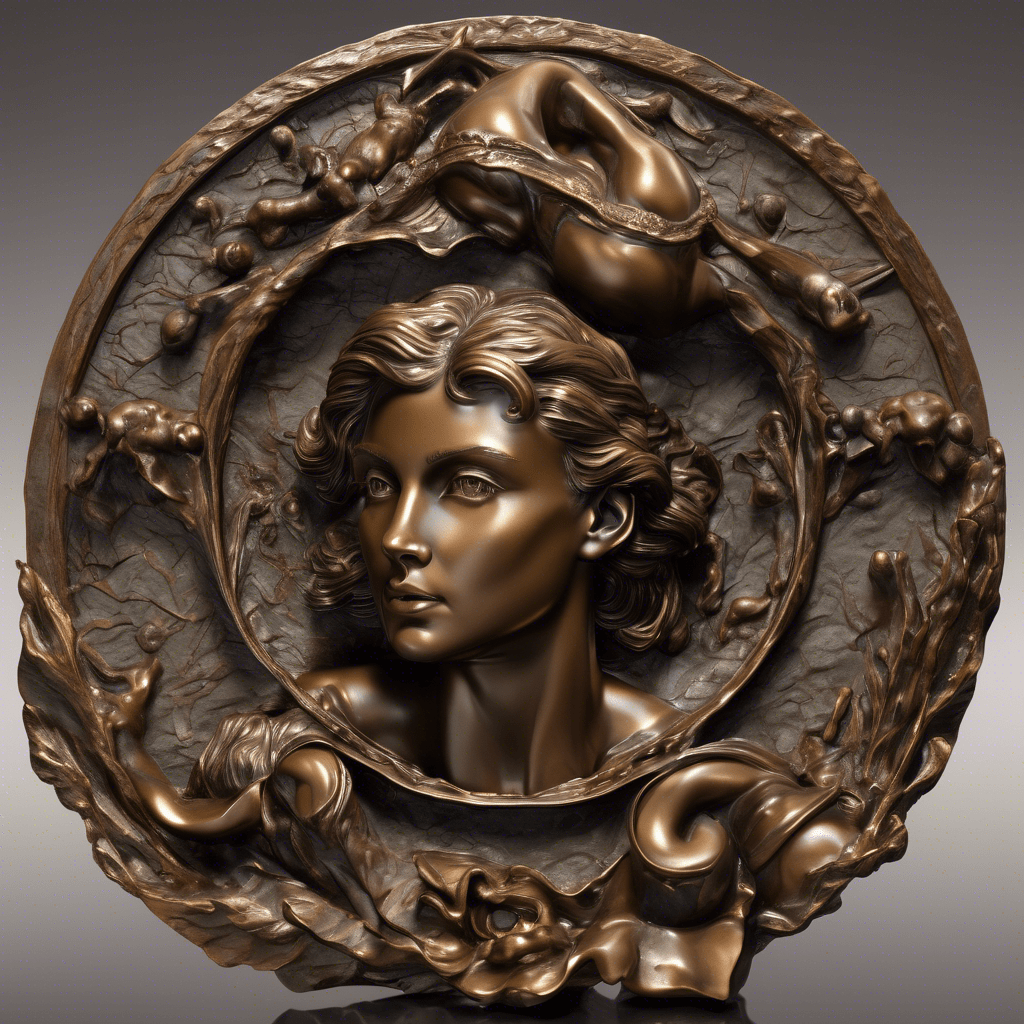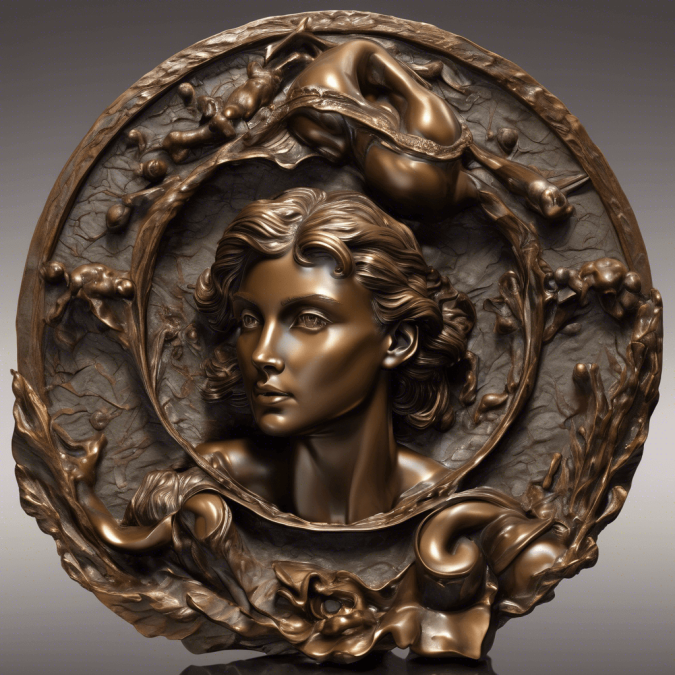
The Bronze Age was a period in human history characterized by the use of bronze, a metal alloy made primarily from copper and tin, that lasted from around 3300 to 1200 BC. This era marked a significant advancement in human civilization as it saw the emergence of complex societies, new technologies, and the development of trade networks that spanned continents. The discovery of bronze and its subsequent utilization had a profound impact on the lives of people across Europe, the Middle East, Asia, and Africa, shaping the course of history for generations to come.
The story of the Bronze Age begins with the discovery of copper, one of the first metals to be used by humans. Copper was relatively abundant in nature and had been utilized for thousands of years before the Bronze Age began. However, it was not until the discovery of tin, a much rarer metal, that the true potential of bronze was realized. The combination of copper and tin produced a metal that was stronger and more durable than either metal alone, making it ideal for the production of tools, weapons, and other implements.
The earliest known use of bronze dates back to around 3300 BC in the region of Mesopotamia, located in present-day Iraq. As the technology for bronze production spread throughout the ancient world, it quickly became the metal of choice for artisans and craftsmen. Bronze weapons such as swords, spears, and axes revolutionized warfare, giving armies a significant technological advantage over their adversaries. The use of bronze tools also allowed for the cultivation of larger fields and the construction of more elaborate buildings, leading to the growth of cities and the establishment of urban centers.
The impact of bronze on the development of civilization was far-reaching. In Europe, the Bronze Age saw the rise of powerful civilizations such as the Minoans on the island of Crete and the Mycenaeans on the Greek mainland. These cultures were known for their sophisticated art and architecture, as well as their advanced systems of government and trade. In the Middle East, the ancient Egyptians used bronze to create intricate jewelry, ceremonial objects, and weapons, while the Hittites of Anatolia developed a strong military based on the use of bronze weapons.
In Asia, the Shang Dynasty of China utilized bronze to create elaborate bronze vessels for rituals and ceremonies, as well as weapons for warfare. In Africa, the Nubians and Kushites used bronze to create ornaments, tools, and weapons, reflecting the influence of the metal on their culture and society. The spread of bronze technology facilitated the exchange of goods and ideas between different regions, leading to the development of complex trade networks that connected distant civilizations.
The Bronze Age also had a profound impact on the natural world. The increased demand for tin and copper led to the expansion of mining operations, which in turn altered the landscape and ecosystems of many regions. Deforestation, pollution, and soil erosion were common side effects of bronze production, causing long-term environmental damage that affected both human and animal populations. Despite these challenges, the benefits of bronze technology outweighed the costs, as it provided humans with the means to improve their quality of life and expand their cultural horizons.
Before the advent of the Bronze Age, human societies were limited in their ability to manipulate the natural world. The discovery of bronze changed that, allowing people to create new tools, weapons, and works of art that were previously unimaginable. The transition from the Stone Age to the Bronze Age marked a turning point in human history, ushering in an era of innovation, creativity, and progress that would shape the modern world. The legacy of the Bronze Age lives on in the artifacts and monuments left behind by ancient civilizations, serving as a reminder of the transformative power of human ingenuity.
